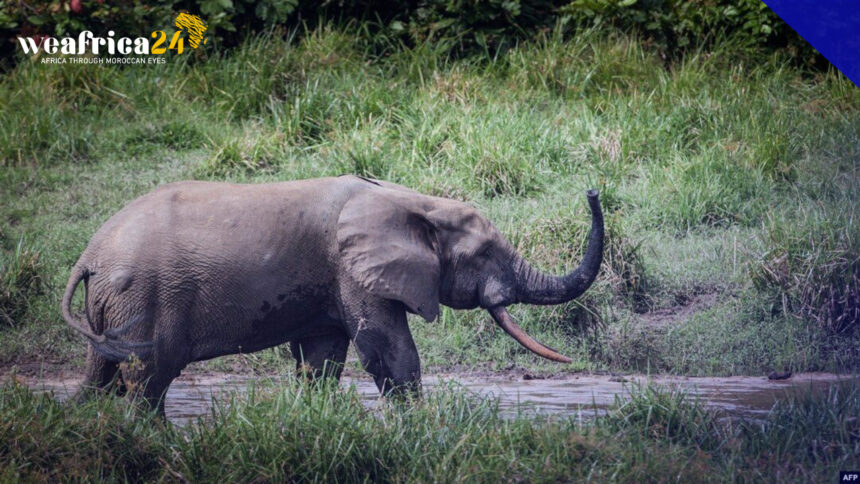Wildlife authorities in northern Cameroon are facing a formidable challenge as they contend with a rampaging herd of elephants that unexpectedly encroached upon a regional hub earlier this week. After wreaking havoc in nearby villages, leaving a tragic toll of at least two lives lost, these majestic creatures have presented a formidable test for the officials involved. As the situation unfolds, the dedicated team is tirelessly working to mitigate the escalating human-wildlife conflict in the area.
Cameroon boasts a significant population of endangered species, with approximately 6,830 elephants, as reported by the esteemed International Union for Conservation of Nature. This substantial figure places the country among the key bastions for the majestic creatures within the African continent. With its substantial elephant population, Cameroon plays a critical role in the preservation and conservation efforts aimed at safeguarding these magnificent animals from the looming threat of extinction.
Despite the increased conservation efforts, elephants in Cameroon occasionally venture into human settlements due to habitat loss caused by plantations and villages. This can lead to crop and property damage, as well as occasional incidents of charging at people.
In the Far North region of Cameroon, forestry and wildlife official Jean Nyemeg reported this week that a total of four elephants had made two separate incursions into Maroua, the regional capital. Before these incidents, the elephants had tragically trampled a child in a nearby village. Jean Nyemeg’s statement highlights the alarming proximity of these majestic creatures to populated areas and underscores the urgent need for proactive measures to mitigate human-wildlife conflicts and ensure the safety of both people and wildlife.
According to Jean Nyemeg, the forestry and wildlife official, the movement of the elephants was prompted by their quest for water, driven by the arid conditions prevalent in the region. Nyemeg further noted that the herd was initially sighted near the border with Chad. This observation sheds light on the instincts of these animals to seek essential resources and adapt to their environment, even if it means venturing into unfamiliar territories.







